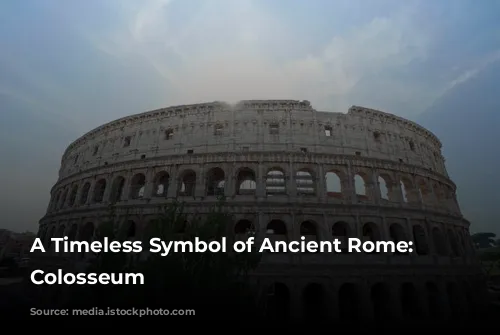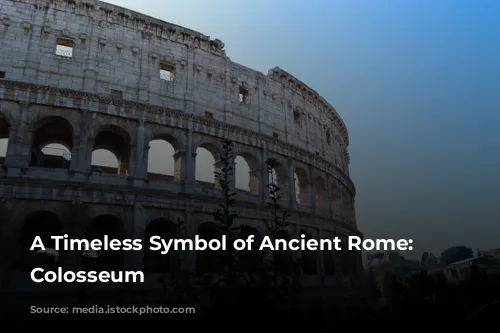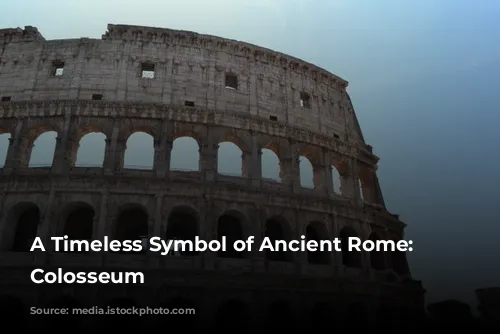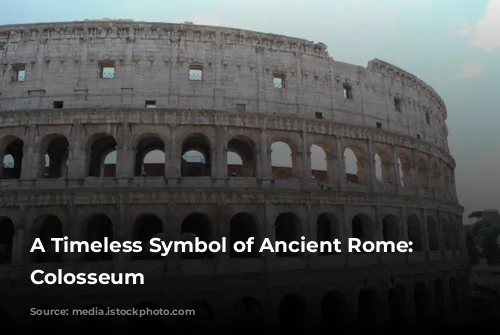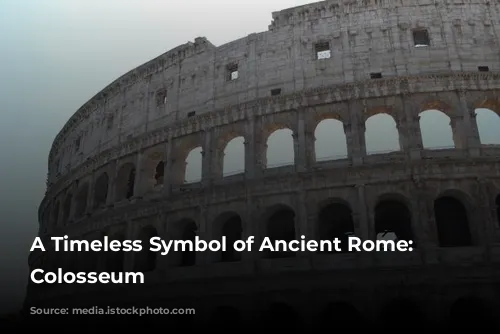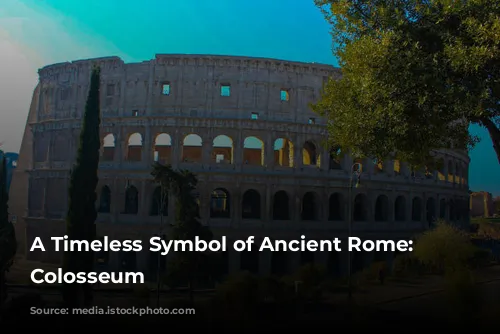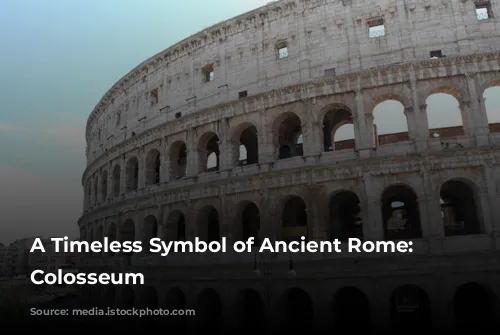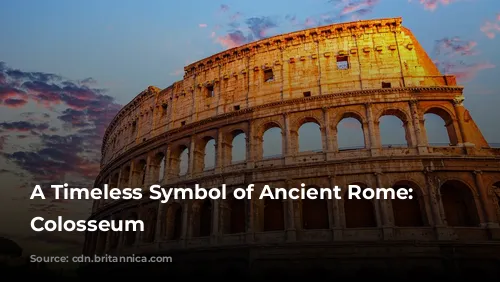The Colosseum, a majestic structure that has stood the test of time, is a powerful testament to the architectural brilliance and engineering prowess of ancient Rome. Today, this iconic landmark is a major tourist attraction, drawing visitors from around the globe to experience its grandeur.
It’s more than just a breathtaking sight, though; the Colosseum is a significant source of revenue for the Italian government. In 2018, the Colosseum, along with the Roman Forum and Palatine Hill, brought in over $63.3 million (€53.8 million), making it the highest-grossing tourist attraction in Italy.
A History of Transformation and Neglect
The Colosseum’s history is a fascinating journey, filled with periods of grandeur and decline. Following the fall of the Western Roman Empire, the Colosseum fell into a state of serious disrepair.
In the 12th century, it was repurposed as a fortress by the Frangipane and Annibaldi families. A few centuries later, in the late 15th century, Pope Alexander VI allowed the Colosseum to be used as a quarry, leading to further degradation of the monument.
The Colosseum remained neglected for over a thousand years before restoration efforts began in the 1990s with the support of the Italian government.
A Symbol of Imperial Power and Entertainment
The Colosseum’s construction was part of an imperial initiative to rejuvenate Rome after the chaotic “Year of the Four Emperors” in 69 CE.
Like other amphitheaters of the time, Emperor Vespasian envisioned the Colosseum as a center of entertainment, a place to host gladiator fights, animal hunts, and even mock naval battles.
From Conception to Completion
Construction of the Colosseum commenced under Emperor Vespasian between 70 and 72 CE. The completed structure was dedicated in 80 CE by Titus, Vespasian’s son and successor.
Emperor Domitian, Titus’ successor, added the Colosseum’s fourth story in 82 CE. It’s important to note that the arena was financed with spoils from Titus’s sack of Jerusalem in 70 CE, and it was built by enslaved Jews from Judea.
A Monument of Engineering and Artistic Mastery
The Colosseum, also known as the Flavian Amphitheatre, is an elliptical structure built with stone, concrete, and tuff. It stands four stories tall at its highest point, measuring 620 by 513 feet (189 by 156 meters), with the capacity to hold up to 50,000 spectators.
The Colosseum’s fame lies in its use for gladiatorial combat, a spectacle that captivated the Roman Empire.
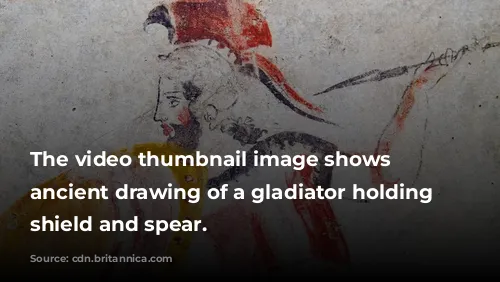
A Legacy of Symbolic Choice and Architectural Innovation
The Colosseum’s location was a symbolic choice, situated just east of Palatine Hill on the grounds of Nero’s Golden House. The artificial lake that was the centerpiece of Nero’s palace was drained, and the Colosseum was erected in its place.
This decision was as much about symbolism as practicality. Vespasian, whose ascent to the throne was marked by humble beginnings, chose to replace the tyrannical emperor’s private lake with a public amphitheater, a place that could accommodate tens of thousands of Romans.
The Colosseum’s construction marked a break from traditional amphitheater design. Unlike earlier amphitheaters, which were often built into hillsides for support, the Colosseum is a freestanding structure made of stone and concrete.
Its unique design features a complex system of barrel vaults and groin vaults, and its three lower stories are encircled by arcades, framed by engaged columns in the Doric, Ionic, and Corinthian orders.
The rising arrangement of columns in the Colosseum became a cornerstone of Renaissance architecture, known as the assemblage of orders. The main structure and facade are made of travertine, while the secondary walls are constructed of volcanic tufa, and the inner bowl and arcade vaults are made of concrete.

A Venue for Spectacle and Shielded from the Elements
The Colosseum could accommodate up to 50,000 spectators, who were protected from the sun by a massive retractable awning called the velarium.
The velarium was supported by masts that extended from corbels built into the Colosseum’s top story, requiring hundreds of Roman sailors to manipulate the rigging.
The Colosseum was the stage for thousands of gladiatorial combats, contests between men and animals, and spectacular mock naval battles. However, it’s unclear whether the Colosseum was the site of the martyrdom of early Christians.
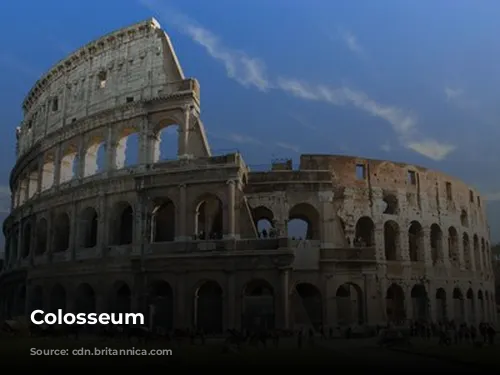
A Journey of Transformation and Preservation
Throughout the Middle Ages, the Colosseum served as a church and later as a fortress for prominent Roman families, the Frangipane and Annibaldi. Over the centuries, the Colosseum suffered damage from lightning, earthquakes, vandalism, and pollution.
The Colosseum’s marble seats and decorative materials disappeared as the site was treated as a quarry for over a thousand years.
The preservation of the Colosseum began in earnest in the 19th century, with significant efforts led by Pius VIII. In the 1990s, a major restoration project was undertaken, and today, the Colosseum remains one of Rome’s most prominent tourist attractions, welcoming nearly seven million visitors annually.
The Colosseum continues to host exhibitions showcasing the culture of ancient Rome, reminding us of its enduring legacy and its vital role in shaping the world we know today.
